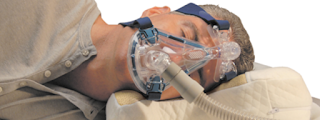Unfortunately, the United States has seen a huge influx of bed bugs in the past few years. Those who have been unlucky enough to experience them know just how itchy and invaded one can feel even after a single night of bites. And that's only the beginning of hardships that can come from brining home these unwanted house guests. Rather than having to get rid of bed bugs later on, however, it's best to avoid them in the first place.
When traveling, follow these easy tips to keep yourself and your belongings critter safe.
First, check the online registry. Head to BedBugRegistry.com for reports on hotels, apartment complexes, and more that have been hit with an infestation. Previous guests and tenants help report, so there's a good chance that if bed bugs have been present, it will be listed.
Next, know what to look for. When you first walk into a hotel room, take note of the smell. A musty scent is an indication of a large bed bug population. Then check the mattresses. Pull up sheets and look deep at mattress folds and into nooks and crannies. Keep an eye out for discoloration (yellow, brown, or red), as well as the bugs themselves, which will look similar to apple seeds in both size and color.
Finally, keep your belongings in the car. You might love sleeping with a particular pillow or blanket, but the more items you take into a hotel room, the better chance you have at bringing bugs back home. Live without your favorite item for a single night, and you can be well on your way to keeping the bugs away, no matter where you prefer to travel.
By following these steps combined, you can work to keep yourself and your home bite and bug free.










































